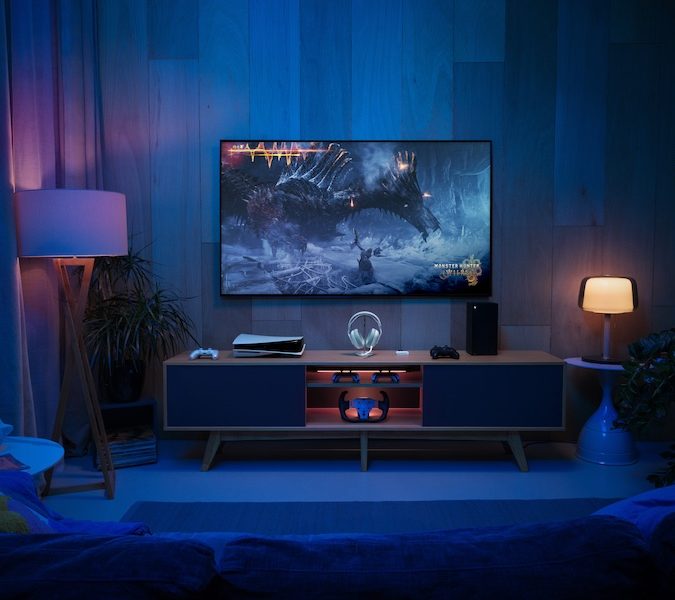Going in circles: how Wishbone, Garage Project, Ethique, The Formary, New Zealand King Salmon and Studio Pacific are finding revenue in waste

Sometimes designing for a circular economy just means asking simple questions. Like “who decided shampoo had to come as a liquid in a bottle?”
Since 2012, Ethique has been producing solid beauty bars. They are a compostable, plastic free option for personal health care. The ingredients are sustainable and biodegradable. The packaging is uncoated, recycled, compostable cardboard boxes.
New Zealand bins 50 million plastic bottles of shampoo and conditioner each year. Only one in five of us recycles that packaging. That means more than 750 tonnes of plastic headed to landfill every year. In line with circular economy thinking, Ethique designed all that out of their system.
The Sustainable Business Network’s (SBN) Circular Economy Accelerator programme is researching ways to take this further. The organisation is doing an initial diagnosis of New Zealand’s entire plastic packaging system. The research is backed by Bluebird Foods, Coca-Cola Amatil (NZ), Countdown, Earthwise, ecostore, Freedom Farms, Lewis Road Creamery, My Food Bag, New Zealand King Salmon, and New Zealand Post.
The aim is to provide better information so firms can go circular on their plastic packaging. Together they can start designing new interconnected systems that reduce plastic’s impact across the country.
The latest products from Wishbone Design Studio are working to make another part of the plastics system more circular. The firm produces multi-functional, modular and home repairable balance bikes for children.
This includes a new model made from 100% post-consumer recycled carpet. Ironically, the company has faced a challenge that didn’t exist a few months ago. China has shut its doors on the world’s waste. So Wishbone had to overcome a snag when it wanted to import recycled plastic pellets from US carpet into its factory in China. It’s a great example of the need to wire global systems together to get them working well.
But even wiring systems together within the same company can have a great effect. Mashbone Dog Treats are made from spent brewer’s mash, a by-product from Garage Project Brewery in Wellington. Mash is made when barley is crushed and mixed with hot water. It’s a high fibre, high protein energy source.
The treats have been developed in consultation with food technologists and veterinary specialists from Massey University. They have been proven as a dietary supplement for bone and joint health.
Mash can make up to 85% of a brewery’s total by-product. Reusing it drastically decreases overall waste. Mashbone is significantly expanding the lifecycle of the materials used to brew beer, preventing 100% of the by-product going to landfill. New Zealand King Salmon has used similar thinking, by using offcuts from the main business to create Omega Plus pet food.
The circularity comes from making the most of what you’ve got. It’s not waste – it’s another product or process waiting to happen. Not only do these ideas cut waste, they turn a waste removal cost into a valuable input for another business.
The Formary is among many businesses out there whose whole existence is premised on the circular economy. The company is creating a circular system to extend the life of clothing and reduce the ecological impacts of landfilling.
It is diverting clothing and textiles from landfill, and looping them back into industrial production. The Formary started the NZ Textile Reuse Programme in 2016 to create a step-change in how we manage this. It is establishing a system for the collection, aggregation and reprocessing of used clothing and textiles.
Textiles and clothing waste is the fastest growing waste stream in Auckland. Three-quarters of our clothing ends up in landfill, where synthetic garments can take hundreds of years to break down, with dyes and chemical finishes leaching from fabrics.
And you can even set yourself up in a circular economy office. Studio Pacific Architecture in Wellington used SBN’s free Circular Economy Model Office Guide to help guide the refurb of their offices.
Contaminant levels were reduced by specifying low-VOC products and paints. They got recycled and recyclable carpet from Inzide Commercial. Wherever possible, products that complied with circular economy thinking were selected. This means that almost everything in there can be reused or recycled when they are done with it. Overall nearly two thirds of what would have been waste was reused, repurposed or recycled. It worked so well they now recommend it to clients.
It’s one thing for companies to have clever ideas – they always do. The really interesting part is when those clever ideas start to connect and form whole new systems.
What would it be like if every firm’s waste was another firm’s source material? What if all companies thought and operated like those above, not just the outliers? And how much further can we take this once we all get our heads around it and work together?




